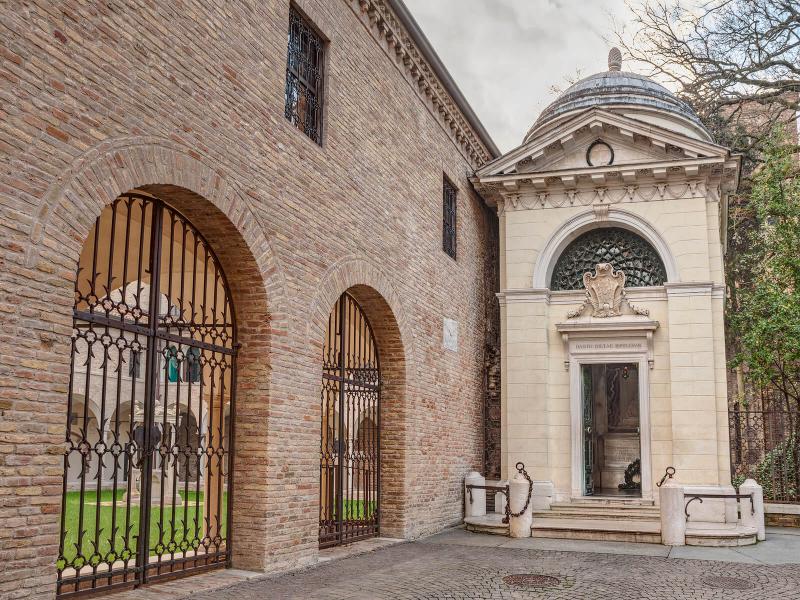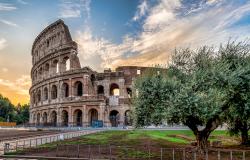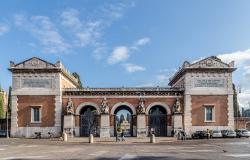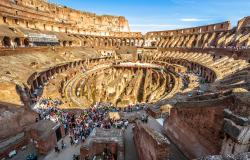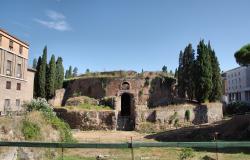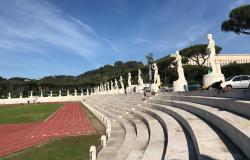Italy celebrates All Souls’ Day on November 2, a day devoted to honoring and remembering loved ones who have passed away, often by going to the cemetery to bring flowers and candles to their tombs. In the past, to mark the occasion, we have looked at Italy’s monumental cemeteries that are worth a visit; today, we look at one of Italy’s most famous tombs, Dante’s Tomb, which isn’t in Florence, as many might expect, but in Ravenna (Emilia-Romagna).
How come Florence’s most famous poet, Dante, isn’t buried in his hometown, but almost 200 kilometers away, in the Emilia-Romagna town of Ravenna?
Dante lived in exile for twenty years. He was banned from Florence for his political activity alongside the White Guelphs, when the Blacks took over in 1301; accused of corruption and financial wrongdoing, he was ordered to pay a large fine, while his assets in Florence had been seized by the Black Guelphs. As he refused to show up at the trial and to pay the fine, he was condemned to perpetual exile; if he ever returned to Florence and was captured, he would have been burned at the stake.
After the sentence, Dante traveled extensively, spending time in Verona and Sarzana (Liguria), among other places. He was invited to Ravenna in 1318 and died there three years later. It was during his exile years that he wrote his masterpiece, The Divine Comedy.
It took the Florentines approximately two hundred years to get over Dante’s political affiliations and realize they wanted the city’s most illustrious figure back. The decisive push came when Leone X (1513-21), a Florentine, was elected pope. He sent a delegation to Ravenna to pick up Dante’s bones and bring them back to Florence. But, alas, when the group opened the sarcophagus, the remains weren’t there. The Franciscan monks in charge of Dante’s body had moved them and refused to reveal where they were.
The bones, guarded in a box, were placed back in the original urn in 1781, when the current mausoleum for Dante was built. During the Napoleonic Wars, to prevent Napoleonic troops from seizing them, the friars interred the box in the wall of the adjacent Basilica of San Francesco (which Dante often visited, and where his funeral was held), and left. Dante’s remains were eventually found in 1865, and placed in the tomb where they still are today, in the simple mausoleum in Neoclassical style.
The tomb is a national monument and around it is the so-called ‘silence zone,’ as a sign of respect.
Meanwhile in Florence, in 1829, in the hopes that eventually Dante’s remains would be returned to the city, a cenotaph (an empty tomb erected in honor of a person whose remains are elsewhere) was built in the Basilica of Santa Croce, also in Neoclassical style; it depicts the poet, sitting and thinking, as the personalized figure of Poetry cries over the sarcophagus. Just don’t be fooled: it isn’t the actual tomb, just a memorial.
